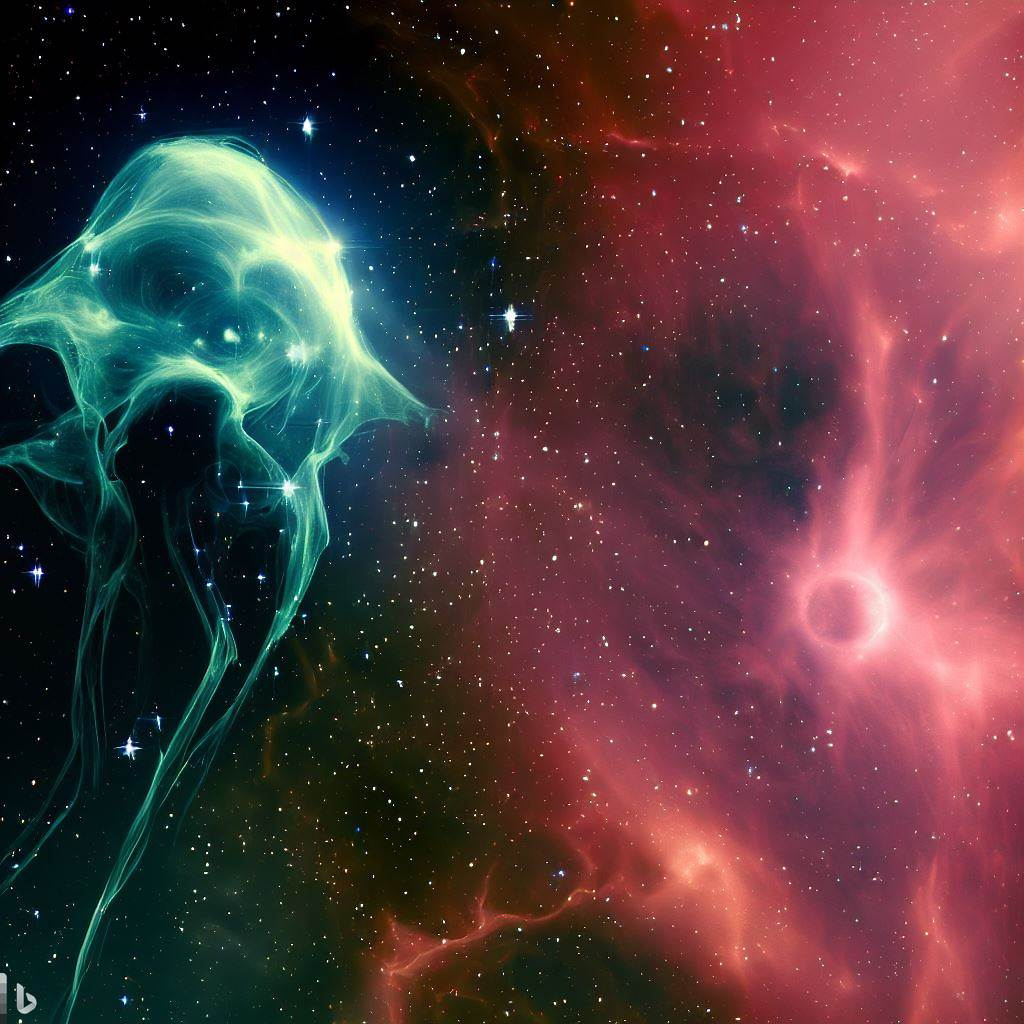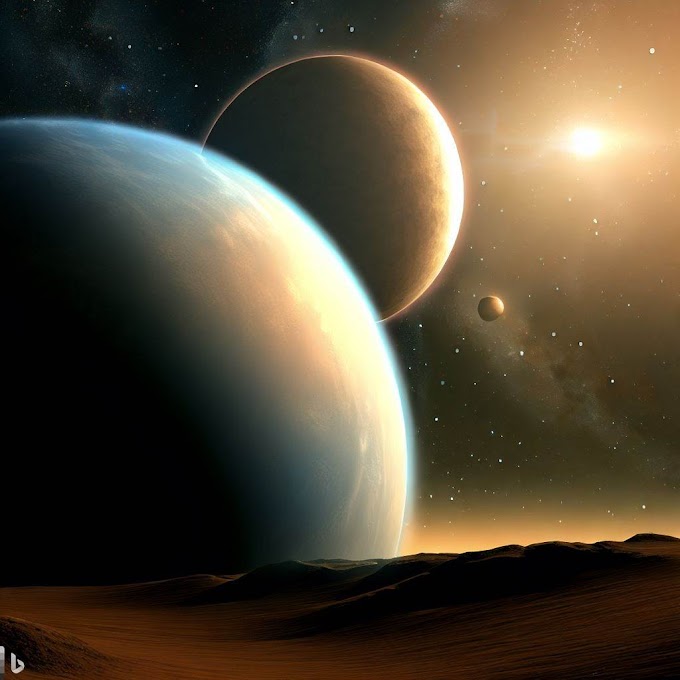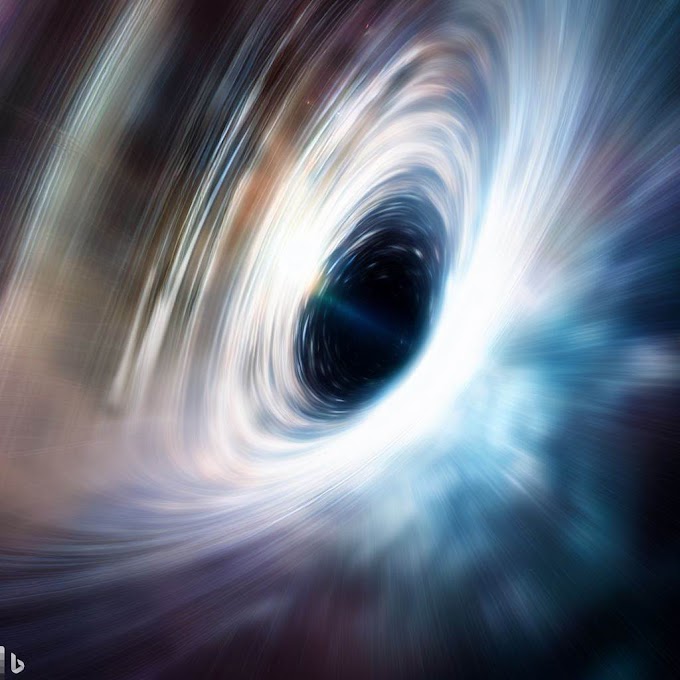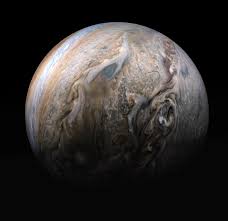The Most Interesting Objects in Space
Space is full of strange and wonderful things that we are still in the process of discovering and exploring. In this blog post, we will look at some of the most interesting objects in space that we have found so far.
1. Thorne-Zytkow Object
A Thorne-Zytkow object is a rare type of star that forms when a pulsar (a rapidly spinning neutron star) burrows into the core of another star¹. The result is a hybrid star that looks almost normal on the outside, but has a pulsar inside. These objects would have unusual chemical elements that are not found in regular stars.
2. Fermi Bubbles
Fermi bubbles are two giant lobes of gamma-ray emission that extend above and below the center of our galaxy, the Milky Way¹. They are each about 25,000 light-years across and are thought to be the result of past activity from the supermassive black hole at the heart of our galaxy². The bubbles are invisible to the naked eye, but can be detected by gamma-ray telescopes.
3. Pulsar Planet
A pulsar planet is a planet that orbits a pulsar, which is a highly magnetized and rapidly rotating neutron star that emits beams of electromagnetic radiation³. Pulsar planets are very rare and only a few have been discovered so far. One of them is PSR B1257+12 b, which was the first exoplanet (planet outside our solar system) ever detected in 1992³. Pulsar planets are exposed to intense radiation and gravity from their host stars, making them very hostile environments for life³.
4. Eta Carinae and the Homunculus Nebula
Eta Carinae is a massive binary star system located about 7,500 light-years away from Earth in the constellation of Carina. It consists of two stars that orbit each other every 5.5 years. The larger star is one of the most luminous and unstable stars known, and is expected to explode as a supernova or a hypernova in the near future⁴. The smaller star is also very bright and powerful, and has a strong wind that collides with the wind of the larger star, creating shock waves and X-rays.
Surrounding Eta Carinae is the Homunculus Nebula, a bipolar cloud of gas and dust that was ejected by the larger star during a massive eruption in the 1840s. The nebula has a complex shape and structure, and contains features such as jets, lobes, knots, and filaments. The nebula is also expanding at a high speed and reflects the light from Eta Carinae.
5. Antennae Galaxies
The Antennae Galaxies are a pair of interacting spiral galaxies located about 45 million light-years away from Earth in the constellation of Corvus. They are named after their long tails of stars, gas, and dust that resemble insect antennae⁵. The galaxies are undergoing a violent collision that started about 300 million years ago and will eventually result in a merger into a single elliptical galaxy. The collision has triggered intense star formation and supernova explosions in both galaxies, creating bright clusters of young stars and glowing nebulae.
These are just some of the most interesting objects in space that we have discovered so far. There are many more out there waiting to be explored and understood. Space is truly an amazing place full of wonders and mysteries.




















0 Yorumlar